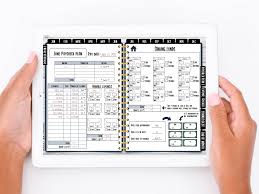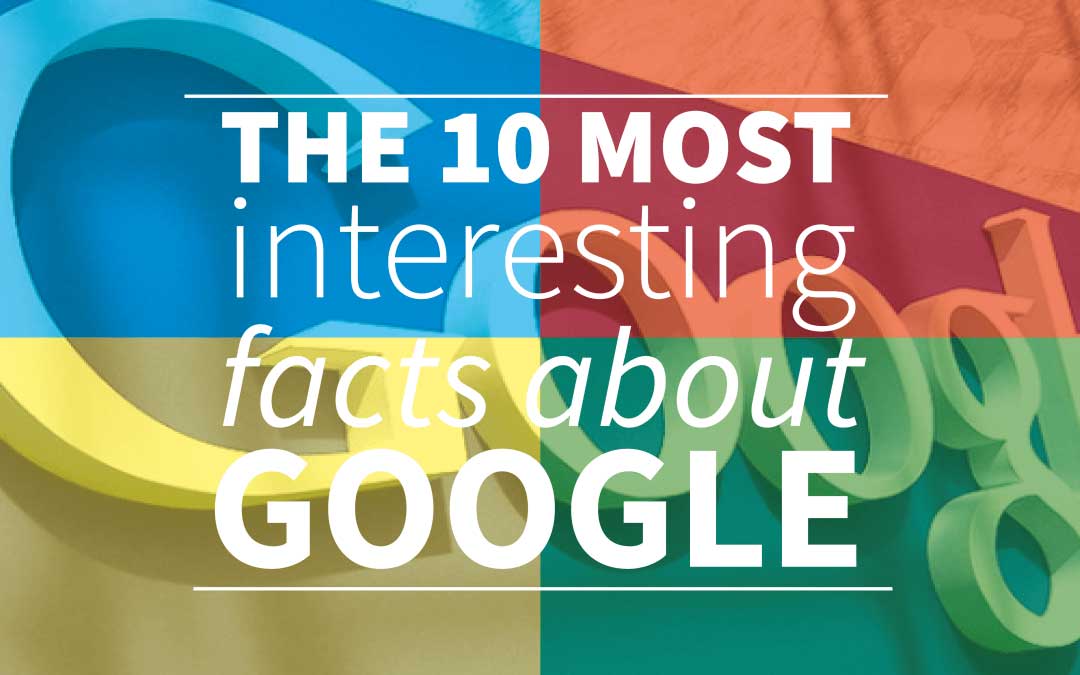How to Make Digital Budget Planner Free for iPad:
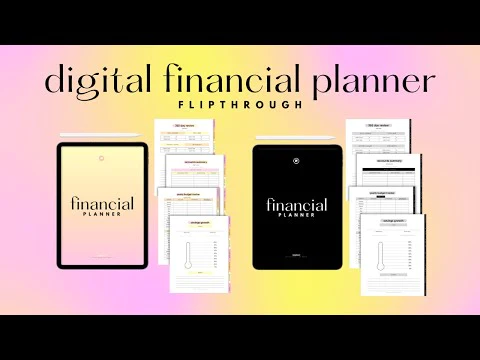
What is a Digital Budget Planner?
A digital budget planner is a software or online tool that helps individuals or households manage their finances by creating and tracking a budget. It provides a digital platform where users can input their income, expenses, savings goals, and financial transactions to gain a clear overview of their financial situation.
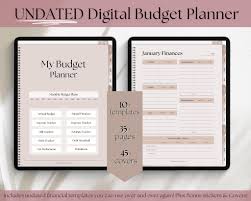
Digital budget planners often offer features such as:
1. Expense Tracking:
Users can categorize and track their expenses, including recurring bills, daily expenses, and discretionary spending. This allows for a better understanding of where money is being spent and helps identify areas where adjustments can be made.
2. Budget Creation:
Users can set up a budget by allocating funds to different categories, such as housing, transportation, groceries, entertainment, and savings. The digital budget planner helps users stay within their allocated budget and alerts them when they exceed their limits.
3. Goal Setting:
Users can set financial goals, such as saving for a vacation, paying off debt, or building an emergency fund. The budget planner can track progress towards these goals and provide insights on how to achieve them.
4. Visualization and Reports:
Digital budget planners often provide visual charts, graphs, and reports that offer a visual representation of income, expenses, savings, and overall financial health. These visualizations help users understand their financial patterns and make informed decisions.
5. Syncing with Bank Accounts:
Some digital budget planners can sync with users’ bank accounts, credit cards, or financial institutions. This allows for automatic importing of transactions, making it easier to track expenses and maintain an up-to-date budget.
6. Mobile Accessibility:
Many digital budget planners offer mobile apps, allowing users to access their financial information and make updates on the go. This provides convenience and real-time tracking of expenses.
1. Track Income and Expenses:
Monitoring your income sources and expenses is fundamental. A digital budget planner streamlines this process and provides insights into your spending patterns.
3. Achieve Financial Discipline:
Consistency is key to successful budgeting. With a digital planner, you can establish a routine and stick to it, ultimately improving your financial discipline.
4. Plan for the Future:
Having a digital budget planner allows you to plan for future expenses, such as buying a house, investing, or retiring comfortably.
How to Make a Digital Budget Planner Free for iPad:
Step 1: Choose Your Platform
The first step in creating a digital budget planner is selecting the platform or software you’ll use. You have several options, including:
a. Spreadsheet Software (Excel or Google Sheets):
This is a popular choice due to its flexibility. You can create your custom budget template or find pre-made templates online. Excel and Google Sheets offer robust features for calculations and data analysis.
b. Dedicated Budgeting Apps:
There are numerous budgeting apps available, such as Mint, YNAB (You Need A Budget), and Personal Capital. These apps are user-friendly and often sync with your bank accounts to automatically track transactions.
c. Custom Software Development:
For advanced users or those with specific requirements, custom software development is an option. You can hire a developer to create a personalized budget planner tailored to your needs.
Step 2: Define Your Categories
Once you’ve chosen your platform, it’s time to set up your budget categories. Categories are essential for organizing your expenses. Common categories include:
- Housing (rent or mortgage)
- Utilities (electricity, water, gas)
- Groceries
- Transportation (car payments, gas, public transport)
- Entertainment
- Dining Out
- Insurance
- Savings (emergency fund, retirement, investments)
- Debt Payments (credit cards, loans)
Customize these categories to fit your specific lifestyle and financial goals. It’s important to be detailed yet practical.
Step 3: Establish a Monthly Budget
Now, it’s time to set up your monthly budget. Start by listing your sources of income, such as your salary, freelance work, or rental income. Next, allocate a portion of your income to each expense category. Be realistic, and consider your financial goals.
Here’s a breakdown:
- Income: $4,000
- Housing: $1,200
- Utilities: $150
- Groceries: $300
- Transportation: $200
- Entertainment: $100
- Dining Out: $150
- Insurance: $100
- Savings: $500
- Debt Payments: $500
- Total Expenses: $3,100
- Remaining Funds: $900
This example leaves you with $900 for savings or discretionary spending. Adjust your budget as needed to meet your financial objectives.
Step 4: Record and Track Transactions
Consistently tracking your expenses is key to budgeting success. If you’re using spreadsheet software, create a section to record each expense. For budgeting apps, input your transactions manually or set up automatic syncing with your bank accounts.
Here’s a simplified example:
- Date Category Description Amount
- 01/05/2024 Groceries Supermarket $50.00
- 01/07/2024: Dining Out Pizza Night $25.00
- 01/10/2024 Transportation Gas: $40.00
Make it a habit to enter transactions as soon as possible to maintain an accurate budget.
Step 5: Analyze and Adjust
Regularly review your budget and analyze your spending patterns. Are you overspending in certain categories? Are you on track to meet your financial goals? Adjust your budget as needed to accommodate changes in income or expenses.
3. PocketGuard
4. Goodbudget
Goodbudget is a budgeting app based on the envelope budgeting method. It allows you to allocate your money into virtual envelopes for different spending categories. The Goodbudget app for iPad provides a simple and intuitive interface for managing your budget.
5. MoneyWiz
MoneyWiz is a feature-rich personal finance app that offers budgeting, expense tracking, bill management, and investment tracking. It provides customizable reports and supports multiple currencies. MoneyWiz offers an iPad app with a visually appealing interface and powerful features.
FAQs
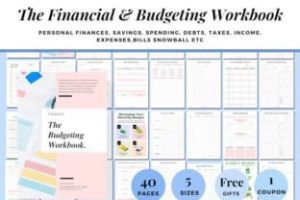
Final words!
Creating your digital budget planner is a powerful tool for financial management. It provides you with control over your money, helps you achieve your financial goals, and ultimately leads to greater financial security.
Remember that consistency and discipline are key to successful budgeting. By following the steps outlined in this guide and customizing your budget to your unique circumstances, you can take charge of your finances and build a more secure financial future.
Incorporate these strategies into your routine, and you’ll find that your digital budget planner becomes an indispensable tool for managing your money effectively.
I hope you find this detailed guide on how to create a digital budget planner helpful. If you have any further questions or need more specific information on any part of the process, please feel free to ask.
Read More:

